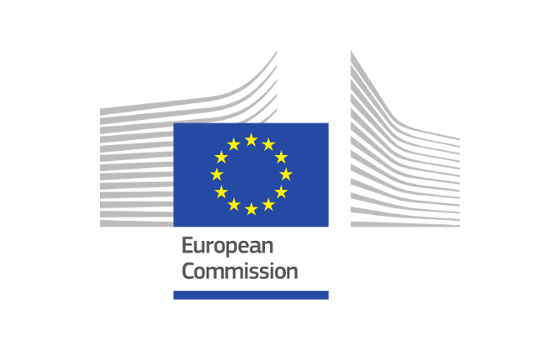 The EU Digital COVID Certificate has reached another important milestone with the go-live of the technical system at EU level, which allows to verify certificates in a secure and privacy-friendly way. The EU certificate was proposed by the Commission to resume safe travelling this summer. It will be free of charge, secure and accessible to all. Available in digital format or on paper, it will be a proof that a person has been vaccinated against COVID-19, tested negative, or recovered from an infection.
The EU Digital COVID Certificate has reached another important milestone with the go-live of the technical system at EU level, which allows to verify certificates in a secure and privacy-friendly way. The EU certificate was proposed by the Commission to resume safe travelling this summer. It will be free of charge, secure and accessible to all. Available in digital format or on paper, it will be a proof that a person has been vaccinated against COVID-19, tested negative, or recovered from an infection.
Following the political agreement between the European Parliament and Council on the Regulation governing the certificate on 20 May, today, the technical backbone of the EU systems goes live. Set up in only two months, the EU gateway provides for the verification of the security features contained in the QR codes of all certificates. This will allow citizens and authorities to be sure that the certificates are authentic. During this process, no personal data is exchanged or retained. The go-live of the gateway completes the preparatory work at EU level.
Since 10 May, 22 countries have already tested the gateway successfully. While the Regulation will be applied from 1 July, all Member States, which have passed the technical tests and are ready to issue and verify certificates, can now start using the system on a voluntary basis. Already today, seven Member States - Bulgaria, Czechia, Denmark, Germany, Greece, Croatia and Poland - have decided to connect to the gateway and started issuing first EU certificates, while certain countries have decided to launch the EU Digital COVID Certificate only when all functions are deployed nationwide. Therefore, more countries will join in the coming days and weeks. An updated overview is available on a dedicated webpage.
Next Steps
The political agreement of 20 May has to be formally adopted by the European Parliament and the Council. The Regulation will enter into application on 1 July, with a phasing-in period of six weeks for the issuance of certificates for those Member States that need additional time. In parallel, the Commission will continue to provide technical and financial support to Member States to on-board the gateway.Commissioner for Internal Market Thierry Breton said: "The Go-Live of the Gateway today is an important step which will allow Member States to start using the Gateway and start issuing EU Digital COVID Certificates. Seven Member States is a good start. I encourage others to follow as soon as possible. The timely preparation will allow the full system to be up and running by 1 July - when the proposal enters into application and the EU will be on time to open up again this summer."
Stella Kyriakides, Commissioner for Health and Food Safety, added: "The EU Digital COVID Certificate shows the value added of effective e-health solutions for our citizens. It is important that during the coming weeks, all Member States fully finalise their national systems to issue, store and verify certificates, so the system is functioning in time for the holiday season. EU citizens are looking forward to travelling again, and they want to do so safely. Having an EU certificate is a crucial step on the way."
Didier Reynders, Commissioner for Justice, said: "The EU Digital COVID Certificate provides European citizens with a common tool to allow them to move freely and safely again. It showcases Europe's technological leadership in full respect of our values and principles: data protection, inclusiveness, and proportionality. It is important that all Member States use the next weeks to get fully ready, so the system will be fully up and running on 1 July."
Background
On 17 March 2021, the European Commission presented a proposal to create an EU COVID Certificate to facilitate the safe free movement of citizens within the EU during the pandemic. On 20 May, co-legislators reached a provisional agreement.In parallel to the legislative process, the Commission closely worked with Member States representatives in the eHealth Network, a voluntary network connecting national authorities responsible for eHealth, on the technical implementation. On 21 April, technical specifications were adopted, building on guidelines agreed in January and updated in March, and a trust framework outline agreed in March. In addition, a design template was developed with Member States to facilitate the recognition of EU COVID Certificates issued in paper format.
The EU gateway was set-up by T-Systems and SAP and is hosted at the Commission's data centre in Luxembourg. It allows to verify the digital signatures contained in the QR codes of all certificates without the processing of personal data. The signature keys needed for this verification are stored on servers at national level; through the gateway, these keys can be accessed by national verification apps or systems all across the EU.
The Commission also developed reference software and apps for the issuance, storage and verification of certificates, to facilitate the roll-out at national level; these are published on GitHub and used by 12 Member States.
The latest information on coronavirus measures as well as travel restrictions provided by Member States are available on the Re-open EU platform.